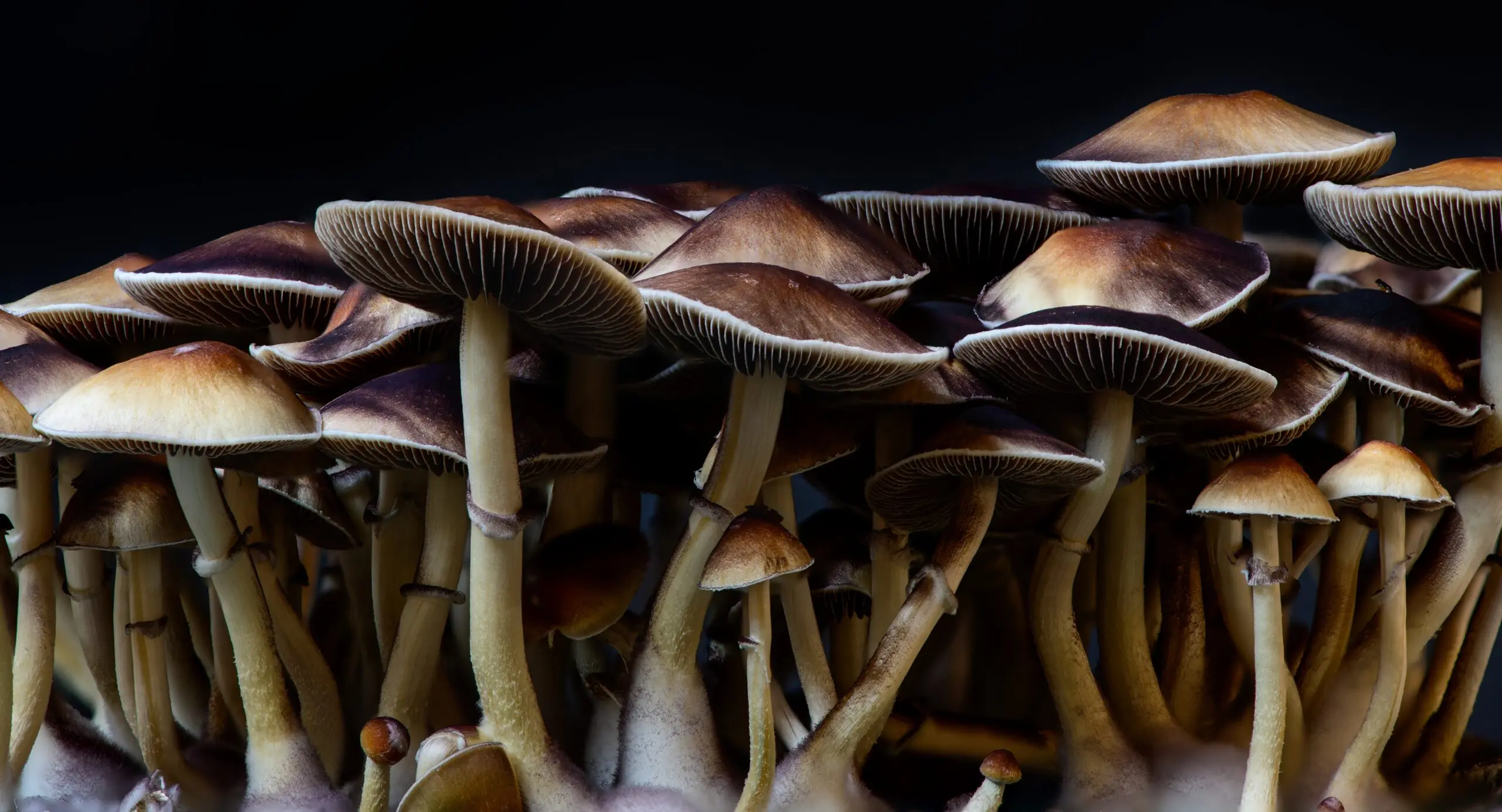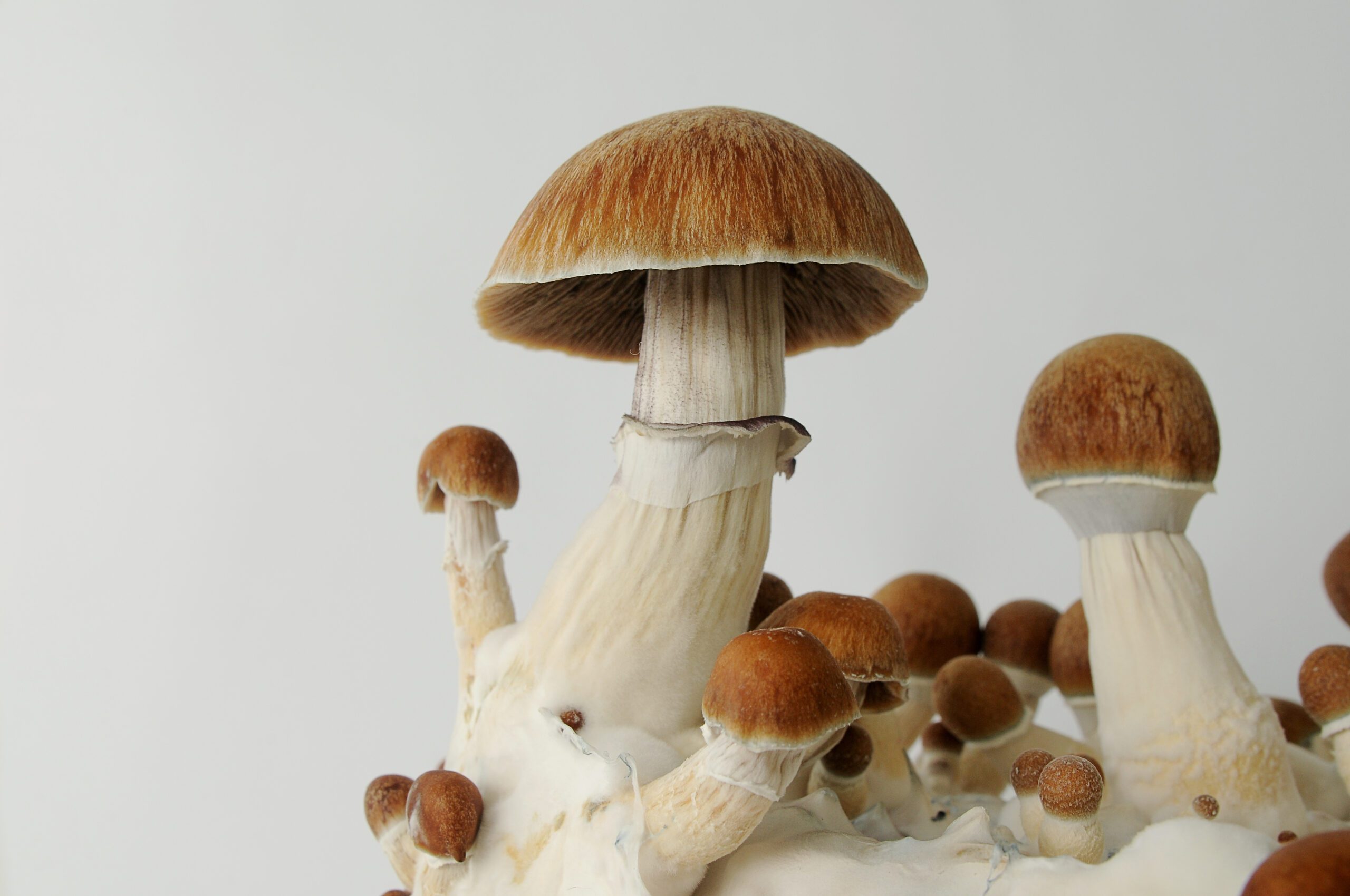
Psychedelic Truffles vs. Mushrooms: Comparing Effects and Uses
The exploration of psychedelic substances has expanded the horizons of self-reflection and transformative experiences for many. Emerging in continued research, we see the rise of psychdelic truffles and psilocybin mushrooms. These natural psychedelics have been used for centuries, offering profound insights into the mind and the nature of consciousness. In this article, we delve into the world of psychedelic truffles and mushrooms, comparing their effects, uses, and cultural significance to understand their role in contemporary explorations of wellbeing.
What are Magic Truffles?
Magic truffles, scientifically referred to as sclerotia, are compact masses of hardened mycelium that contain psilocybin, the same active compound found in psychedelic mushrooms. These truffles are essentially the underground part of certain fungi, serving as a food reserve for the organism. Unlike their mushroom counterparts, truffles grow beneath the soil and have a distinct appearance and texture. Despite these differences, both magic truffles and mushrooms offer a gateway to introspective exploration through their psychoactive effects.
Comparing Effects: Truffles vs Mushrooms
When comparing the effects of psychedelic truffles vs mushrooms, it’s essential to understand that both contain psilocybin, which is responsible for their psychedelic properties. However, the intensity and duration of the experiences can vary. Magic truffles are often described as offering a more gentle and manageable experience, making them suitable for those new to psychedelics. On the other hand, mushrooms can produce more intense and profound effects.
The Cultural and Historical Context of Mushrooms
The use of magic mushrooms and truffles stretches back to ancient civilizations, where they were used in religious rituals and ceremonies for their ability to induce altered states of consciousness. In various cultures, these substances were revered for their capacity to facilitate spiritual encounters and profound insights. Today, the legacy of these ancient practices influences the modern use of magic truffles and mushrooms, as individuals seek to connect with these traditional roots for personal growth and self-reflection.
Scientific Insights: Psychedelic Truffles vs. Mushroom Psychedelics
Recent scientific research has shed light on the effects of psychedelics on the brain, offering insights into how both truffles and mushrooms can facilitate shifts in awareness and self-understanding. Studies have shown that psilocybin, the active compound in both substances, can increase connectivity between different brain regions, leading to altered perceptions, thoughts, and emotions. This enhanced neural connectivity is thought to underlie the profound experiences of self-discovery and expanded consciousness reported by many users.
Legal and Ethical Considerations
The legal status of psychedelic truffles and mushrooms varies around the world, with some countries allowing their use in controlled settings, while others have strict prohibitions. It’s important for individuals to be informed about the legal and ethical considerations in their region. Moreover, the growing interest in the potential benefits of psychedelics for wellbeing has led to discussions about responsible use, harm reduction, and the importance of creating supportive environments for those exploring these substances.
Psychedelic truffles and mushrooms each offer a unique window into the mind and the possibility of transformative experiences, and Beckley Retreats aims to help others understand how truffles and psilocybin alike can be used to foster inner growth. Whether through gentle self-exploration with truffles or deeper introspective experiences with mushrooms, these natural psychedelics hold the potential for profound growth and understanding. As new research continues to explore the boundaries of consciousness, the experiences and insights gained from magic truffles and mushrooms will undoubtedly play a crucial role in our collective journey towards greater wellbeing.


